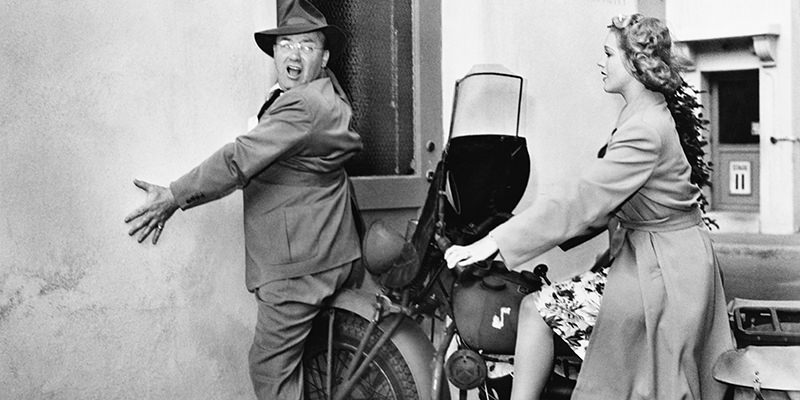Hopefully you haven’t yet, nor will you ever, experience the terrifying indignity of a drunk driving arrest. Ideally, you’ve been a morally upright and responsible American imbiber, availing yourself of a designated driver, ubiquitous Uber, or otherwise making plans for a sober ride home. Given the steep implications—both moral and financial—driving under the influence is entirely and obviously not worth, well, whatever you think you’ll gain from doing it. (There’s nothing convenient about an arrest record; ask around.)
Despite all obvious, if generally unspoken, deterrents, there’s an infamous history of casually (and not so casually) intoxicated driving in this country and abroad. In fact, there’s actually over a century’s worth of drunk driving arrests to date, starting with an Englishman named George Smith. On September 10th, 1897, the 25-year-old cab driver apparently slammed his cab into a building somewhere in London, was arrested, pled guilty, and paid a fine of 25 shillings.
Things have certainly changed since, just not as rapidly as you’d think. New York State was the first to make driving while intoxicated illegal in 1910, with other states following, slowly. And even then the standards for what qualified as “intoxicated” were subjective, with no federally imposed limits. Not that we didn’t try to measure inebriation: in 1936, Dr. Rolla Harger patented the “Drunkometer,” an admirably no-frills name for a balloon-like instrument that could, when folks blew into it, determine whether or not they were inebriated.
Only by 1938 was a standard generally adopted (as in not federally mandated) for acceptable Blood Alcohol Content—.15, almost twice as high as it is today. Balloon deterrents and scattered state laws weren’t catching up with the rise of the automobile, and America’s unending love of hooch.
In fact it took many decades for technology and legislation to significantly catch up with the fatal collision of alcohol and automobiles. The more accurate Breathalyzer only came about in 1953, invented by former Drunkometer collaborator Robert Borkenstein. And (thanks, in large part, to lobbying efforts by groups like MADD), the .08 BAC limit any cop is going to test for in a Breathalyzer was finally adopted as a national standard in 2000, 103 years after the first drunk driving arrest.
It might have taken a century, but these days, it’s highly unlikely anyone’s paying 25 shillings and walking out of the station.

